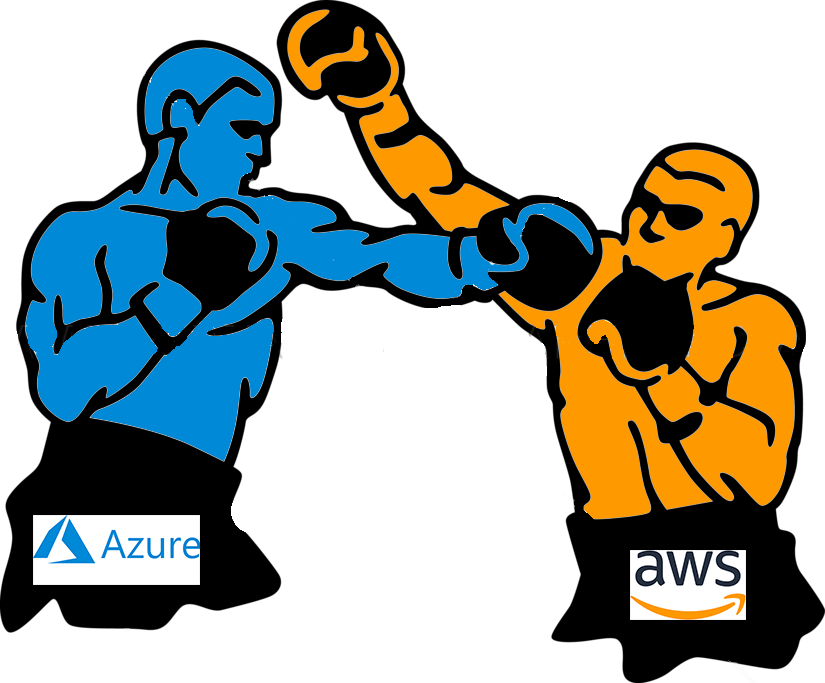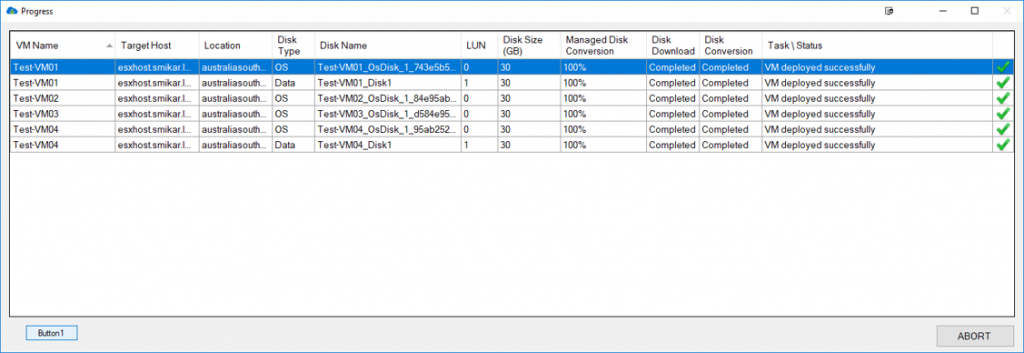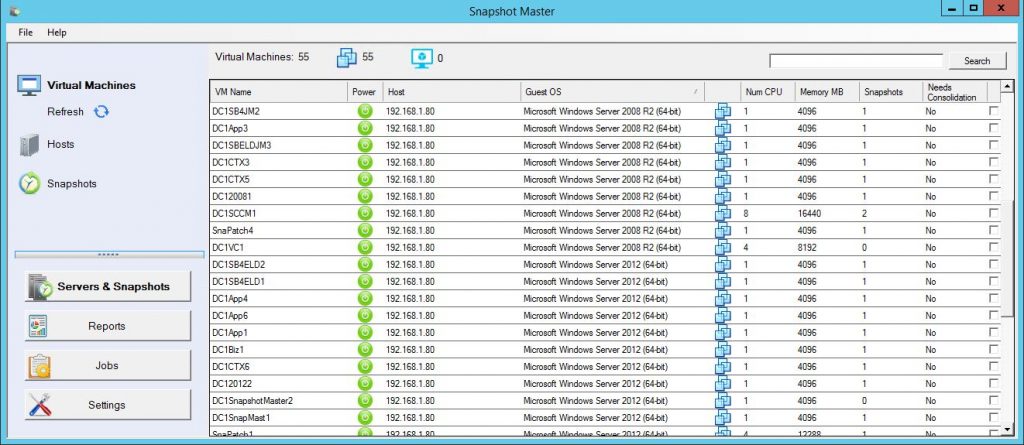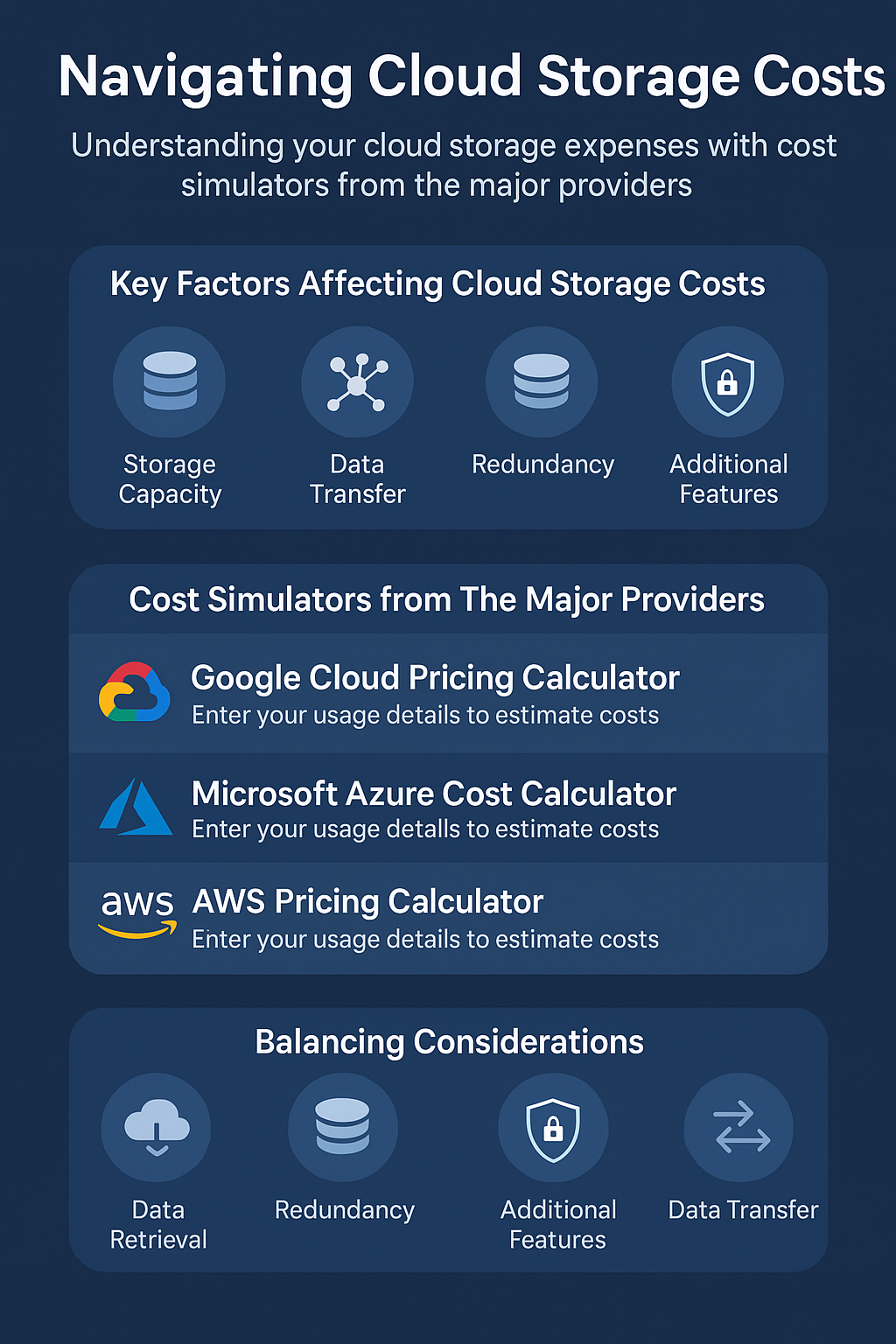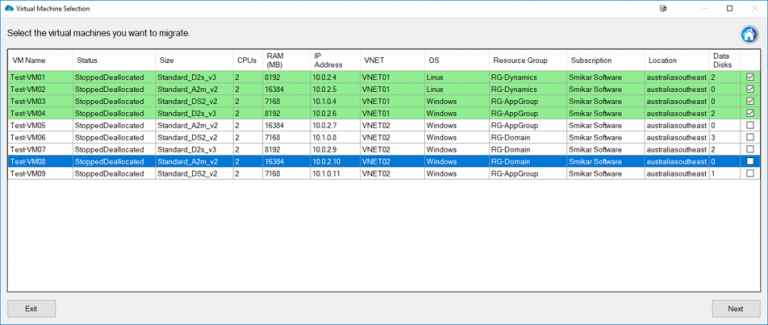
AWS S3: An In-Depth Overview and User Guide
Introduction to AWS S3
In the bustling digital world, data is akin to gold. Handling and managing it effectively is key to unlocking the vault of opportunities. This is where Amazon Web Services (AWS) Simple Storage Service (S3) comes in – an essential tool that enables businesses and developers to manage their data effectively and efficiently
What is AWS S3?
AWS S3, also known as Amazon Simple Storage Service, is a scalable, high-speed, web-based cloud storage service designed for online backup and archiving of data and applications on Amazon Web Services.
Picture a storage house – vast, accessible, and robust. But instead of physical goods, this warehouse stores data. AWS S3 operates on the object storage architecture, which manages data as objects (as opposed to traditional block or file storage systems). Each object includes the data, metadata, and an identifier. These identifiers, or keys, are used to retrieve the data, making AWS S3 an excellent choice for storing and retrieving vast amounts of data.
Why Use AWS S3?
Now, why would you use AWS S3 when there are other storage services? Let’s break it down. AWS S3 provides 99.999999999% durability and 99.99% availability of objects over a given year. This means your data is safe, available, and easily accessible when you need it.
AWS S3 is also known for its scalability. The space in your S3 bucket (which we’ll get to shortly) automatically scales up or down to accommodate your data needs. It’s like having a magic wardrobe that expands as you keep adding clothes!
Lastly, AWS S3 gives you flexible management capabilities. It allows you to organize data and configure finely-tuned access controls to meet specific business, organizational, and regulatory compliance requirements.
Getting Started with AWS S3
Now that we’ve gone through what AWS S3 is and why it’s an excellent choice for data storage, let’s dive into how you can get started with it.
Setting Up an AWS Account
Your journey with AWS S3 starts with setting up an AWS account. If you already have an Amazon account for your retail needs, you can use it.
Here’s the step-by-step process to set up an AWS account:
Visit the AWS homepage and click on ‘Create an AWS Account’.
You’ll be directed to a sign-in page. Click on ‘Create a new AWS account’.
Fill in your email address, password, AWS account name, and click ‘Continue’.
Enter your contact information on the next page. Choose ‘Professional’ for the account type if you’re setting it up for a company.
Fill in your credit card details. AWS uses this information to verify your identity.
Next, verify your phone number through the on-screen instructions.
Choose a support plan. For beginners, the ‘Basic Plan’ is a good start.
Congratulations, you now have an AWS account!
Creating an AWS S3 Bucket
Consider an AWS S3 bucket as a home for your data. Each bucket is a container for objects stored in AWS S3.
Creating a bucket is straightforward:
Log into the AWS Management Console and access the S3 service.
Click on ‘Create Bucket’.
Input a unique DNS-compliant name for your bucket.
Select a region for your bucket. Choosing a location closest to your users can reduce latency.
Define your bucket settings according to your requirements.
Click on ‘Create’.
Your bucket is now ready to store data!
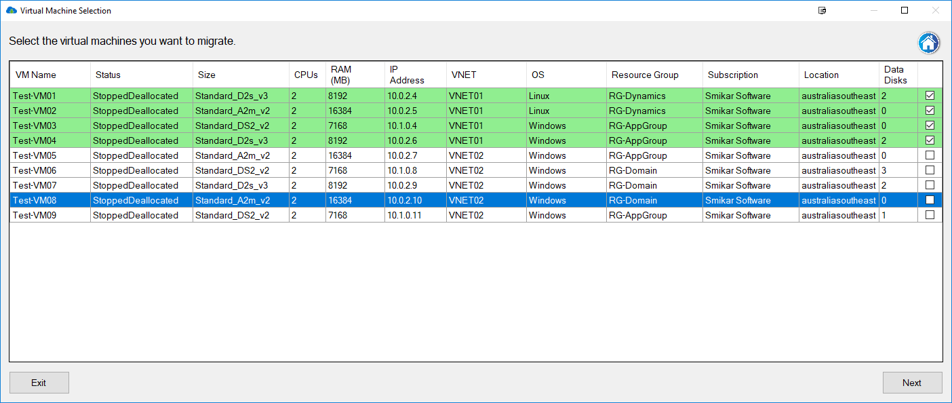
AWS S3 Core Features
Let’s talk about some of the main features of AWS S3 that make it a robust and versatile choice for cloud storage.
Data Storage and Management
Object Storage
One of the core features of AWS S3 is object storage. An ‘object’ in S3 consists of the file data, metadata, and a unique identifier known as a key. This key allows AWS S3 to locate and retrieve the object when needed.
Unlike traditional file or block storage that stores data as a hierarchy or in blocks inside a storage device, object storage stores data as objects in a flat address space, or a flat environment. This is why you can store an unlimited amount of data in a single S3 bucket.
Metadata and Tags
With AWS S3, each stored object comes attached with metadata. This metadata includes details such as the last modified date, object size, and media type.
What about when you need to organize your data or want to automate specific processes? Enter AWS S3’s tagging feature. Tags are labels that you assign to an AWS resource, and each tag consists of a key-value pair, allowing you to organize your AWS resources in various ways.
For instance, you can categorize resources by purpose, owner, environment, or other criteria. Once you’ve defined your tagging strategy, you can apply it to all your resources and manage them according to the tags.
Security and Compliance
Security is a top priority with AWS S3. AWS provides a variety of tools and features to ensure that your data is stored securely.
Access Control
Access control in AWS S3 is managed through a combination of Access Control Lists (ACLs) and bucket policies.
ACLs are akin to a guest list for a private event. Each object and bucket can have an ACL. It defines which AWS accounts or groups are granted access and the type of access.
Bucket policies, on the other hand, are similar to access control rules applied at the bucket level. They allow you to automate the setting of access control on newly uploaded objects and control access based on specific conditions, such as IP address or whether the request was made using SSL.
Data Protection
In addition to access control, AWS S3 provides a host of features for data protection.
AWS S3’s versioning feature allows you to preserve, retrieve, and restore every version of every object in your bucket. This means you can recover from both unintended user actions and application failures.
For data that needs to be archived, S3 Glacier and S3 Glacier Deep Archive provide options for affordable long-term storage.
Advanced AWS S3 Concepts
Now that we’ve covered the basic features of AWS S3, let’s look at some of the advanced features and concepts.
S3 Transfer Acceleration
If your work involves frequently transferring large volumes of data across continents, AWS S3 Transfer Acceleration can be a boon. It speeds up the transfer of files into and out of S3 buckets by utilizing Amazon CloudFront’s globally distributed edge locations.
S3 Storage Classes
AWS S3 offers a range of storage classes designed for different use cases:
S3 Standard for general-purpose storage of frequently accessed data.
S3 Intelligent-Tiering for data with unknown or changing access patterns.
S3 Standard-IA (Infrequent Access) for less frequently accessed data.
S3 One Zone-IA for data that is infrequently accessed and can be stored in a single availability zone.
S3 Glacier and S3 Glacier Deep Archive for long-term archive and digital preservation.
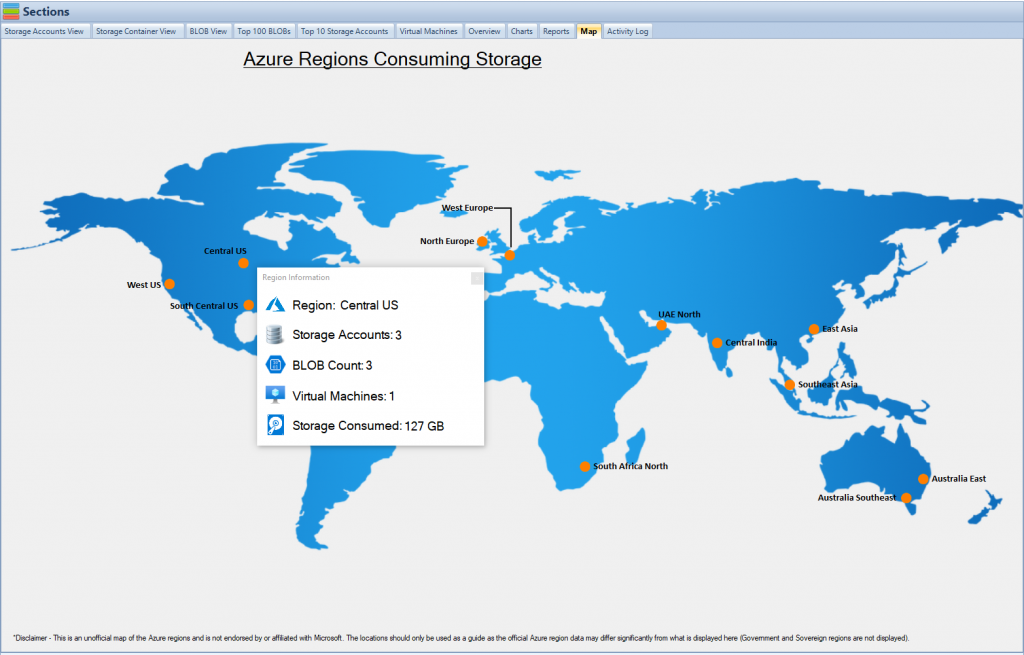
AWS S3 vs Azure Blob Storage: A Comparative Analysis
When choosing a cloud storage service, two names often stand out – AWS S3 and Azure Blob Storage. While both offer robust and reliable object storage solutions, they do have some differences. Let’s examine these two services on various crucial factors.
Performance
When it comes to performance, both AWS S3 and Azure Blob Storage offer high durability, availability, and scalability. However, your individual performance might vary based on factors such as the proximity of data centers to your users and the size of the data you are handling.
AWS S3 claims a slightly higher object durability at 99.999999999% (11 9’s), compared to Azure Blob’s 99.999999999% (9 9’s). On the other hand, Azure often has the edge in terms of network performance due to a more extensive global presence.
Features
AWS S3 and Azure Blob Storage both provide a wide array of features including object lifecycle management, versioning, data transfer acceleration, event notifications, and logging. However, there are some differences.
For instance, AWS S3 offers Transfer Acceleration that enables fast, easy, and secure transfers of files over long distances between your client and an S3 bucket. Azure, on the other hand, offers Hot, Cold, and Archive storage tiers which can be used to store data based on how frequently it’s accessed and how long it needs to be stored.
Security
Both AWS S3 and Azure Blob Storage take security very seriously and provide robust features such as access controls and encryption.
AWS uses Access Control Lists (ACLs) and bucket policies for access control, while Azure uses Role-Based Access Control (RBAC) and Azure Active Directory for access management. Both services provide options for client-side and server-side encryption for data.
Pricing
Pricing structures for AWS S3 and Azure Blob Storage can be complex as costs depend on several factors, including the amount of data stored, the number of transactions made, the type of operations performed, data transfer fees, and more.
AWS pricing is based on the storage class used and the volume of data stored, while Azure Blob Storage pricing depends on the storage tier (Hot, Cool, or Archive) and the volume of data stored and accessed.
Integration and Compatibility
If your organization is already using services from either of these providers, it might be simpler to stick with the same provider due to the ease of integration.
AWS S3 integrates well with other AWS services, such as AWS CloudTrail for logging, AWS CloudWatch for monitoring, and AWS Glacier for archiving. Similarly, Azure Blob Storage seamlessly integrates with Azure Functions, Azure Machine Learning, and Azure CDN.
Conclusion
AWS S3 and Azure Blob Storage are both capable and robust storage solutions. The choice between the two often comes down to your specific requirements, budget, and whether you’re already invested in either of the ecosystems. Both offer excellent performance, a wide array of features, strong security measures, and competitive pricing.
It’s always advisable to carefully assess your needs, consider the volume and type of data you’ll be handling, the geographic locations of your users, and the kind of integrations you require before making a decision. This way, you can choose the solution that offers the best value for your business.
Making the Most of AWS S3
Using AWS S3 effectively boils down to understanding your requirements and aligning the many features it offers to meet those needs. From data management to security to transfer acceleration, AWS S3 offers a robust and comprehensive suite of features that makes it the go-to storage solution for businesses and developers.
FAQs
What is AWS S3?
AWS S3 (Amazon Simple Storage Service) is a scalable, high-speed, web-based cloud storage service designed for online backup and archiving of data and applications on Amazon Web Services.
Why should I use AWS S3?
AWS S3 offers robust features such as high durability and availability, scalability, and flexible management capabilities. It also provides a variety of tools for data security and compliance.
How can I start using AWS S3?
To start using AWS S3, you first need to set up an AWS account. Once your account is set up, you can create an S3 bucket, which is a container for your data.
What are some of the core features of AWS S3?
Some of the core features of AWS S3 include object storage, metadata and tags for data organization, strong access control mechanisms, data protection features like versioning, and a variety of storage classes for different use cases.
What are some of the advanced features of AWS S3?
Advanced features of AWS S3 include S3 Transfer Acceleration for faster file transfers and a variety of storage classes designed for different use cases.
Which is better: AWS S3 or Azure Blob Storage?
Both AWS S3 and Azure Blob Storage have their strengths. The choice between the two often comes down to your specific requirements, budget, and whether you’re already invested in either of the ecosystems.
Are AWS S3 and Azure Blob Storage secure?
Yes, both AWS S3 and Azure Blob Storage take security very seriously and provide robust features such as access controls and encryption to protect your data.
Can I use both AWS S3 and Azure Blob Storage?
Yes, you can use both AWS S3 and Azure Blob Storage if that suits your business needs. However, keep in mind that managing two different storage systems might add to the complexity of your operations.
How does pricing compare for AWS S3 and Azure Blob Storage?
Pricing for both AWS S3 and Azure Blob Storage depends on several factors, including the amount of data stored, the number of transactions made, the type of operations performed, and data transfer fees. It’s advisable to review the pricing models of both services before deciding.
What are the main differences between AWS S3 and Azure Blob Storage?
The main differences between AWS S3 and Azure Blob Storage lie in their performance, features, security measures, pricing models, and integration capabilities. While AWS S3 offers features like Transfer Acceleration, Azure Blob Storage provides different storage tiers for data. Both offer robust security measures, but use different methods for access control.

